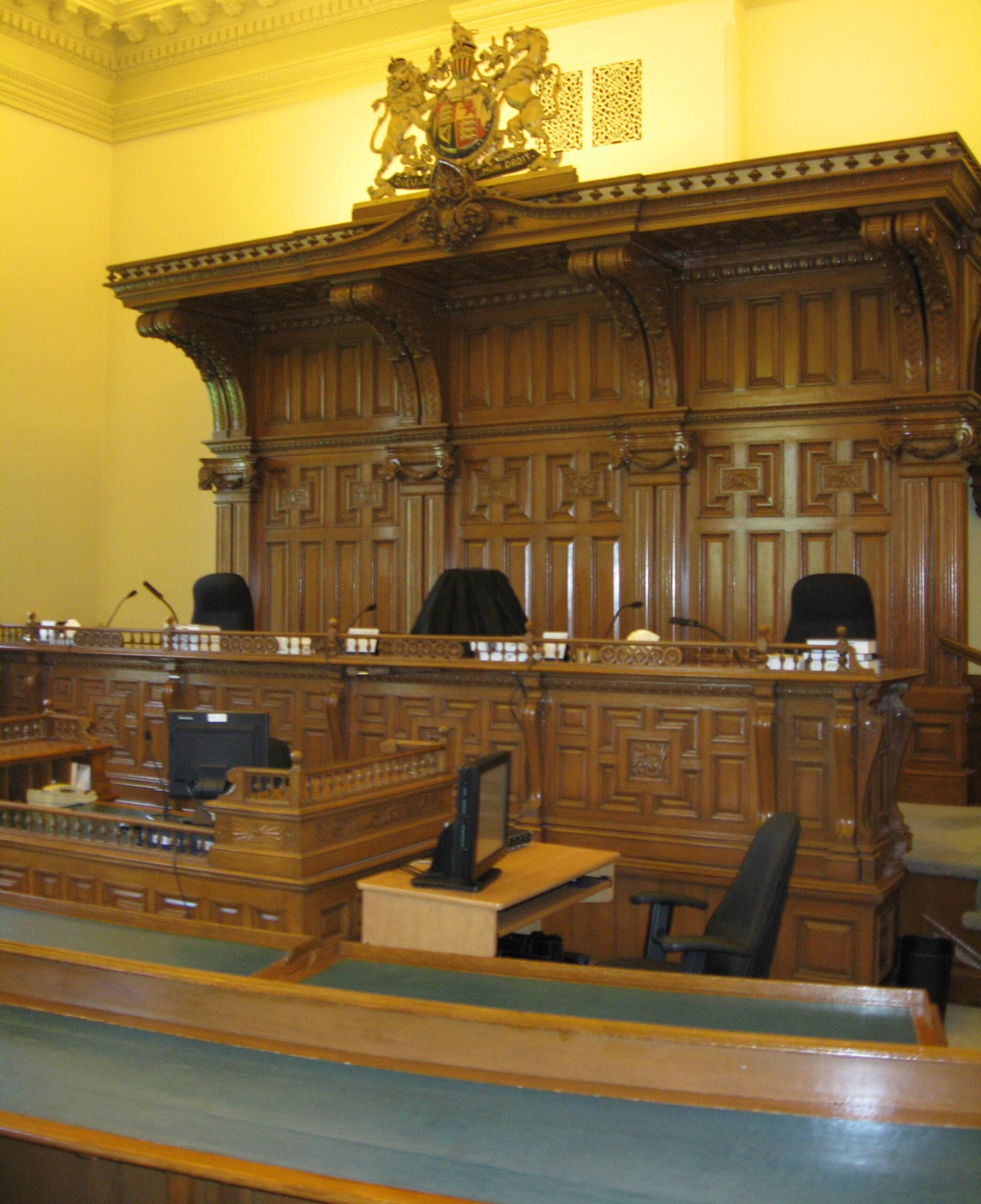Nobody knows how the new Ontario land use planning and municipal decision making appeal framework works, not even the new Local Planning Appeal Tribunal.
On April 24 and 25th, in a courtroom at Osgoode Hall, the Ontario Divisional Court will rule on how LPAT will operate, if the LPAT can independently call evidence, if cross-examination of witnesses and experts will be allowed at LPAT hearings, and if allowed, how they will be conducted.
The City of Hamilton’s well-respected in-house planning lawyer Joanna Wice will be among the lawyers who will make arguments in front of the Divisional Court.
The previous Ontario Government, a majority government of the Liberal Party of Ontario, made significant changes to the province’s planning appeal tribunal shortly before the end of their tenure.
They ended the Ontario Municipal Board, created the Local Planning Appeal Tribunal as its replacement, and significantly overhauled the rules and procedures governing land use planning appeals in Ontario.
Now, a little over a year after the LPAT came into effect, the first substantial cases are winding their way through the new process.
One of them has caused the LPAT to pause proceedings, and request the Ontario Superior Court of Justice’s Divisional Court rule with an interpretation of the LPAT Act.
In Canadian National Railway Company v. Toronto (City), the LPAT will need to rule on Toronto’s proposed Rail Deck Park – an urban park which the City wants to build above the Canadian National Railway Company (CN) rail tracks in Downtown Toronto between Bathurst Street and Blue Jays Way.
CN entered into an agreement with a developer to build eight office and condo towers above Canada’s busiest passenger rails, described by The Toronto Star as “eight towers ranging in height from 13 to 45 storeys, including 2,750 condos, 79,800 square metres of office space, parking for 1,225 cars below the deck, a potential connection to a future GO station and “up to” 60,700 square metres of retail space.”
On December 5, 2017, Toronto City Council formally adopted the Rail Deck Park plan as an Official Plan Amendment (OPA 395).
Both CN (with Toronto Terminals Railway Co. Ltd – a wholly owned subsidiary of CN and Canadian Pacific Railway responsible for the Union Station Railway Corridor) and the condo developers CRAFT Acquisitions Corp. and P.I.T.S. Development Inc. appealed the City of Toronto decision.
The LPAT began hearing the appeal sitting with a rare three member panel, reflecting the significance of the matter. In October, the LPAT decided that the complexity of the matters before it required that it request the Divisional Court to answer three questions:
1. Since the terms “examine” and “cross-examine” have different meanings under the Statutory Powers Procedure Act, does the term “examine” as used in subsection 42(3)(b) of the LPAT Act and section 3 of O.Reg. 102/18 preclude the ability of a party to cross-examine a witness?
2. With respect to a hearing pursuant to subsections 38(1) and 38(2) of the LPAT Act, do the principles of natural justice and procedural fairness allow the parties an opportunity to ask questions of a witness called and examined by the Tribunal?
2.a. If the answer to Question 2 is “yes,” are their questions limited to matters arising from the questions asked by the Tribunal?
3. With respect to a hearing pursuant to subsections 38(1) and 38(2) of the LPAT Act and where the Tribunal directs production of affidavits pursuant to subsection 33(2)(c) therein, does the limitation in subsection 42(3)(b) of the LPAT Act and in section 3 of O.Reg. 102/18 prevent the cross-examination of an affiant before a hearing and the introduction of a cross-examination transcript in a hearing?
At the Divisional Court case management hearing on February 13, 2019, the City of Toronto added a fourth question to the Divisional Court’s review:
Does the LPAT have jurisdiction to require the parties to provide additional evidence to the Tribunal? (The City cites s. 33(2) of the LPAT Act, for an appeal under s. 38(1), given the more restricted nature of appeals under ss. 38(1) and (2), as set out in Rule 26 of the LPAT’s Rules of Practice and Procedure and O. Reg. 102/18).[1]
The Divisional Court added the City of Hamilton as a Party to the court hearing, writing:
[29] The City of Hamilton (“Hamilton”) seeks to deliver a factum and make short oral submissions.
[30] Hamilton has nine active LPAT appeals which will be directly affected by the outcome of this Stated Case. In those cases, Hamilton has taken the position that LPAT’s Rules requiring parties to file fresh affidavit evidence is contrary to the Act and Regulations.
[31] Hamilton’s primary interest is in advocating for the increased level of deference granted to municipalities by the legislative changes enacted in Bill 138, which Hamilton says, envisage a true appellate review of Council’s initial decision in official plan and zoning matters, not a hearing de novo.
[32] Hamilton’s submissions will focus on the rights of direct examination and cross-examination in the context of the two-stage appeal process set out in sections 38–42 of the Act, the standard of review in the Planning Act, and reference to Hansard.
[33] Hamilton points out that since there has been no argument or decision on the issues raised by the Stated Case, it is not clear where there are common approaches to the interests, priorities or issues amongst the proposed intervenors.
I plan to attend the hearing in Toronto on April 24 and 25.
UPDATE APRIL 26
Due to unexpected meetings at Hamilton City Hall, and recent provincial funding cut announcements which caused those meetings, I was unable to attend the hearing.
Production Details v. 1.1.0 Last edited: April 26, 2019 Author: Joey Coleman Edit Record v. 1.0.0 original version v. 1.1.0 added note that I was unable to attend the hearing.

